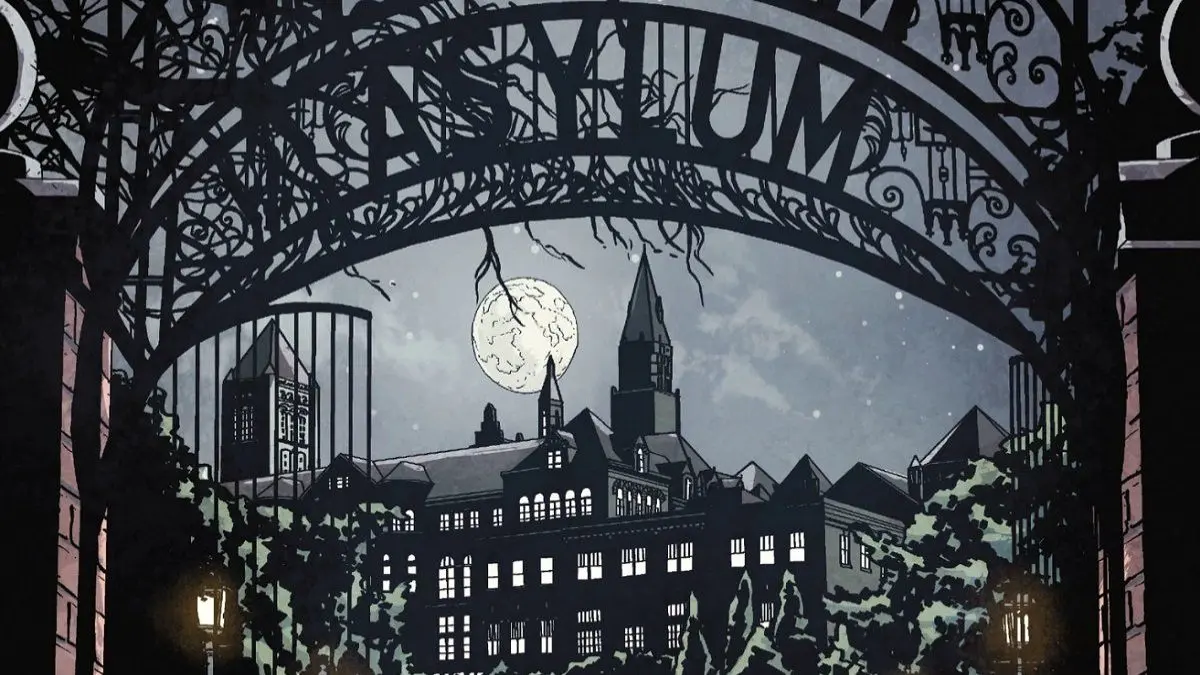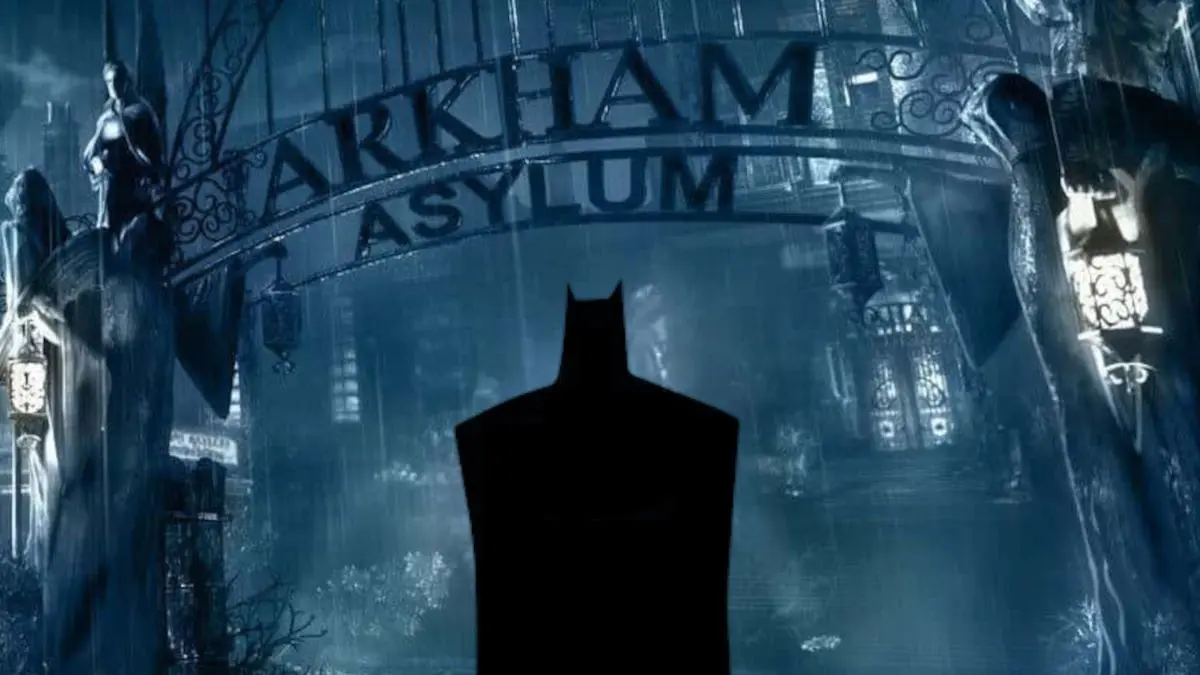Gotham City, a place riddled with crime, has long been home to some of the most notorious villains in comic book history. With characters ranging from the Joker to Two-Face and Bane, Gotham has seen an endless lineup of criminals who thrive on chaos. Housing these criminals requires more than a typical prison system, and that’s where Arkham Asylum and Blackgate Penitentiary come into play. While both facilities are designed to contain Gotham’s worst offenders, each has a distinct purpose, unique characteristics, and divergent approaches to incarceration.
Arkham Asylum vs. Blackgate Penitentiary: Gotham’s Two Most Dangerous Prisons Compared
Background and Purpose of Arkham Asylum and Blackgate Penitentiary
Arkham Asylum for the Criminally Insane and Blackgate Penitentiary serve different types of inmates and reflect unique aspects of Gotham’s crime ecosystem.
- Arkham Asylum: Established as a psychiatric institution, Arkham’s purpose is to contain and rehabilitate Gotham’s mentally ill criminals. It’s where villains who are deemed “criminally insane” are sent. Characters like the Joker, Scarecrow, and Poison Ivy—who often exhibit psychological disorders—frequently end up here. Arkham is as much about treatment as it is about containment, although it’s notorious for being incapable of securely holding its residents.
- Blackgate Penitentiary: Unlike Arkham, Blackgate is a traditional prison meant for criminals who are considered sane but are nonetheless extremely dangerous. The prison is structured to house those who, while criminal, do not exhibit the profound psychological issues of Arkham’s inmates. Characters like Bane and Deathstroke, who don’t suffer from mental illness but are still high-level threats, are often incarcerated here. Blackgate emphasizes strict containment and punishment rather than rehabilitation.
Architecture and Security Measures
The architectural design and security protocols in both institutions reflect their distinct purposes.
- Arkham Asylum: Arkham’s architecture has a Gothic and unsettling ambiance, emphasizing its role as a psychiatric facility. With winding hallways, high ceilings, and dark rooms, the asylum feels more like a haunted mansion than a secure prison. Despite having high-tech security systems, Arkham is known for its frequent breaches. Its design is more suited to facilitate treatment spaces rather than strict confinement, making it a nightmare to manage once its inmates rebel or attempt an escape.
- Blackgate Penitentiary: Blackgate, by contrast, is a fortress. Its design is straightforward, focused on high-security cells, reinforced walls, and a simplistic layout that minimizes hiding places and escape routes. Security at Blackgate is as much about physical barriers as it is about stringent protocols. While Arkham’s security focuses on the mental state of its inmates, Blackgate relies on traditional measures like guards, watchtowers, and restricted access, making it more effective at containing prisoners physically.

Treatment and Rehabilitation Programs
The goals of Arkham and Blackgate differ drastically when it comes to handling inmates, particularly with regards to rehabilitation.
- Arkham Asylum: Rehabilitation is supposedly a key focus at Arkham. Led by doctors and psychiatrists, the facility aims to treat mental illness through therapy, medication, and experimental methods. However, these practices are often twisted or subverted, with inmates using their knowledge of psychology against the staff. Notably, Dr. Harleen Quinzel’s transformation into Harley Quinn highlights the dangerous backfire of these attempts at rehabilitation. Arkham’s methods, while well-intentioned, often exacerbate the instability of its residents.
- Blackgate Penitentiary: Rehabilitation at Blackgate is less emphasized. It serves as a punitive institution, and the inmates are treated accordingly. The focus is on containment and punishment rather than therapy or reform. Blackgate doesn’t employ psychiatrists or therapists extensively, as its inmates are generally not considered insane. The minimal rehabilitation focus makes Blackgate a grim, unforgiving place, designed to suppress rather than heal its prisoners.
Notable Inmates and Escape Attempts
Both facilities are notorious for housing some of Gotham’s most iconic villains, though their inmates differ due to their psychological profiles.
- Arkham Asylum: Arkham’s infamous inmates include the Joker, Harley Quinn, Scarecrow, and Mr. Freeze. The asylum’s frequent escape attempts are legendary, particularly due to villains like the Joker, who manage to outsmart or manipulate the staff. Arkham has experienced numerous mass breakouts, each a testament to the facility’s failure to contain the chaotic minds it holds.
- Blackgate Penitentiary: Blackgate’s inmates include Bane, Deadshot, and various mob bosses who operate more as criminals than psychopaths. While escape attempts occur, they are usually less frequent and more strategic due to the higher physical security of the prison. However, Blackgate has also suffered its share of breakouts, often orchestrated by gangs or with help from the outside.

Atmosphere and Psychological Impact on Staff and Inmates
The difference in atmosphere between Arkham and Blackgate has a profound effect on those who work and reside there.
- Arkham Asylum: Working at Arkham Asylum is a test of endurance for its staff. The constant exposure to criminal insanity, coupled with the sinister, almost supernatural ambiance, takes a toll on the workers. Many of Arkham’s doctors, like Dr. Jeremiah Arkham, are themselves affected by the pervasive madness of the asylum, often losing their grip on sanity over time. For inmates, Arkham feels more like a house of horrors, with its oppressive environment compounding their existing conditions.
- Blackgate Penitentiary: Blackgate’s environment, while bleak, is more stable and orderly than Arkham’s. It operates like a typical high-security prison, with guards and staff able to maintain a professional distance from inmates. The focus on physical control means that psychological manipulation by prisoners is less frequent, creating an environment where staff are less susceptible to corruption or mental strain. For the inmates, Blackgate’s atmosphere is one of pure containment, a place where survival and dominance become the only objectives.
The Cultural and Symbolic Roles in Gotham City
In Gotham’s culture, Arkham Asylum and Blackgate Penitentiary represent different facets of the city’s crime and punishment ecosystem.
- Arkham Asylum: Symbolically, Arkham represents the darker side of Gotham’s psyche. It’s an emblem of the city’s moral and psychological decay, a place where even the most well-meaning treatments lead to horror. Arkham is a haunting reminder of Gotham’s underlying madness, and its frequent breakouts symbolize the city’s inability to ever truly “cure” its darkest inhabitants.
- Blackgate Penitentiary: Blackgate symbolizes Gotham’s attempt at order and control over its criminal population. It stands as a place of last resort for Gotham’s law enforcement, a facility meant to keep crime contained rather than cured. Blackgate’s cultural role is one of suppression rather than transformation, embodying the city’s struggle to keep its criminals physically restrained, even if it doesn’t reform them.

Effectiveness and Failures
Despite their intentions, both Arkham and Blackgate have struggled to fulfill their missions.
- Arkham Asylum: Arkham’s effectiveness is questionable at best. The facility’s emphasis on rehabilitation is undercut by its high recidivism and escape rates. Villains like the Joker use Arkham’s psychiatric approach to manipulate staff and gain freedom. The asylum’s frequent security breaches highlight its limitations in handling its inhabitants, often leading to massive citywide consequences.
- Blackgate Penitentiary: Blackgate is comparatively more effective at containment, but it’s not without its flaws. While the facility is more secure against physical escapes, inmates often maintain connections with criminal networks on the outside, allowing for organized escapes or riots. The prison’s approach to punishment over reform leads to a cycle of re-incarceration, as inmates rarely emerge rehabilitated.
Also Read: Most Iconic Cities and Worlds in DC Universe



